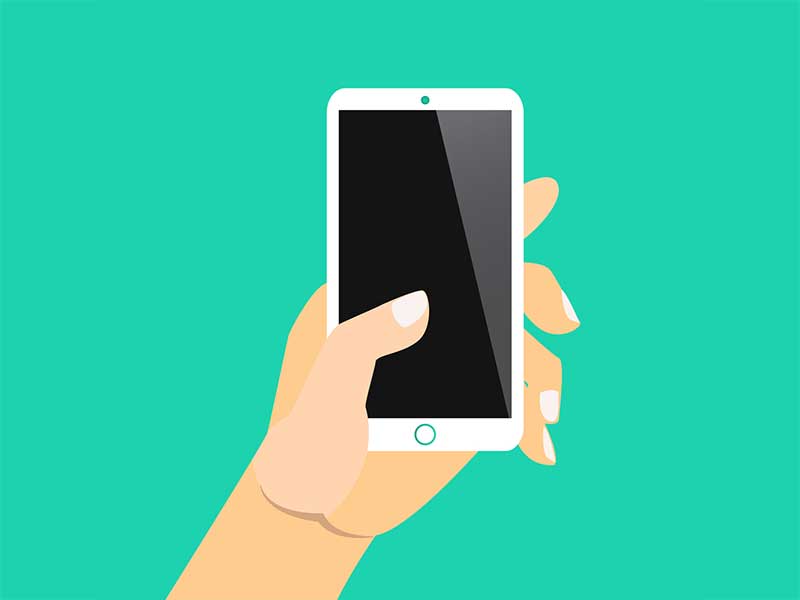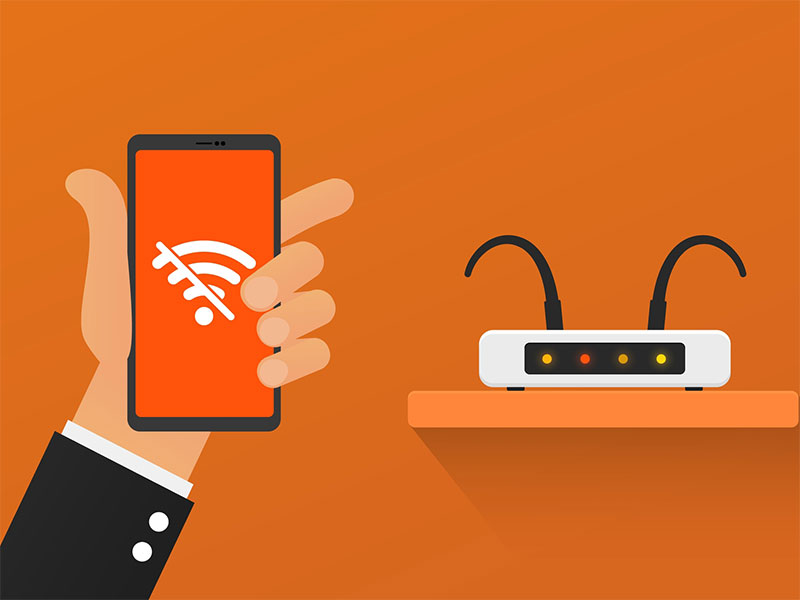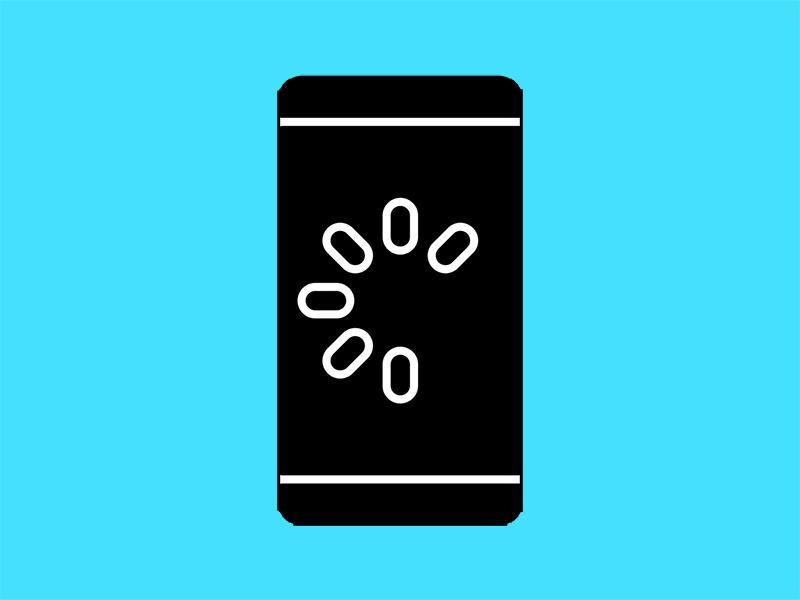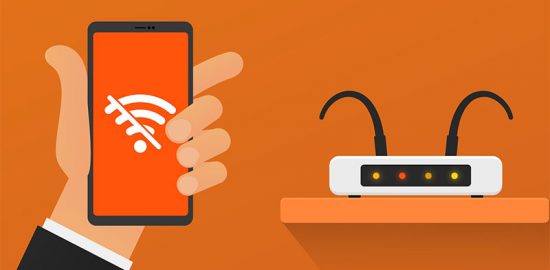Phone Profit Margins: How Much Can You Make Reselling Phones?
Average phone flipping profit margins
It’s tough to arrive at an average profit margin per phone. Ask four different resellers and you’ll probably get four different answers, just like we did. One said $60 to $120 per phone. Another said they try to get at least $30 (but more is better), and one uses a tiered bracket like the one below.| PAID FOR PHONE | SELL PRICE | CASH PROFIT | MARKUP % | PROFIT MARGIN % |
| $25 | $35 | $10 | 40% | 29% |
| $50 | $65 | $15 | 30% | 23% |
| $75 | $95 | $20 | 27% | 21% |
| $100 | $130 | $30 | 30% | 23% |
| $150 | $200 | $50 | 33% | 25% |
| $200 | $275 | $75 | 38% | 27% |
| $250 | $350 | $100 | 40% | 29% |
| $251 to $600 | $401 to $750 | $150 | 25% to 60% | 20% to 37% |
| IMPORTANT: Proper phone inspection is critical to profitability. View our phone inspection checklist & downloadable PDF |
| PAID FOR PHONE | SELL PRICE | CASH PROFIT | MARKUP % | PROFIT MARGIN % |
| $50 | $100 | $50 | 100% | 50% |
| $100 | $200 | $100 | 100% | 50% |
| $200 | $300 | $100 | 50% | 33% |
| $300 | $450 | $150 | 50% | 33% |
What matters most, of course, is how much cash you can make.
“My average profit margin is around $60 to $120 per phone, depending on what model I am flipping,” says Alden Geipel, a professional phone reseller in Richmond, VA, who lists on OfferUp and LetGo. “My historical profit margin from my very long phone spreadsheet is $88.92.”
| Want to be a phone reseller? Here’s how to make money selling phones |
Phone flipping profit margin factors
What accounts for such variation? Phone models, business models and competition.Geipel says higher-end models yield greater profits, since they cost more, so some phone flippers only resell high-end models like the iPhone XS and XS Max – which can yield $100 to $400 per phone.
Other resellers focus on volume. They’ll buy just about any phone and resell it via platforms like eBay and Swappa. Geipel says doing so allows them to sell nationwide but decreases profit margins significantly due to heavy competition. The volume-selling model also requires shipping, which is something Geipel avoids due to the risk of scams and low margins. Instead, he buys online at low prices and sells locally at higher prices.
| Did You Know? You can sell blacklisted, activation locked & finance locked phones online. Here’s how |
Resellers who prefer the volume-based approach tend to have lower profits per phone but find success by selling more phones. They can use a service like Flipsy Local, which helps them find more phones to sell at high margins.
How repairs affect profit margins
Typically, resellers offset parts and labor costs by deducting them from their offers, so they don’t affect profit margins – unless you fail to properly diagnose a phone and get stuck eating the bill.Not all resellers repair phones, though, and those that do are often selective about the phones they’ll fix. One phone flipper, who elected to remain anonymous, said he only performs cheap, easy repairs – and then only on older phones that predate the iPhone 8.
“After that, phones took a step up in complexity and part cost. Anyone can fix an iPhone 6 and probably an iPhone 7, but I’ve messed up more iPhone 8’s trying to fix the screen than I have successfully repaired them,” he says. “Many aftermarket parts really don’t last that long, so unless you go with OEM parts you’ll just be dealing with complaints 60 or 90 days down the line.”
| Want to fix phones? Here’s how to enter the phone repair business |
“I do not buy iPhone 8’s and above with cracked back glass. That repair is insanely difficult,” he says. “I don’t buy iPhone X and above with cracked screens, either, because parts cost well over $100 since they are OLED screens rather than LCD screens. I also do not buy locked phones as they have very low demand locally and they would require shipping them out to receive any decent money for the time you spend on them.”
How to set your profit margin
How much should you mark up the phones you resell? It largely depends on which business model you choose: maximum profit per phone or volume selling.Under the first model, many resellers turn to sites and apps like eBay, Swappa, OfferUp and LetGo. Since they’re selling directly to end users, they can often get more money per phone. However, those platforms come with caveats: you must invest time in creating detailed listings, there’s no guarantee of sale and it might take a long time to sell, you face heavy competition and might need to pay selling fees. In addition, you might need to deal with customer questions, complaints and potential returns.
This isn’t meant to discourage you from selling on those platforms; rather, we’re illustrating that you might need to invest considerable time and effort into each sale. The more time and effort you invest, the greater your profit margin must be.
| Where can you get more for your phone? Compare Swappa, eBay and Flipsy |
Let’s say you buy an iPhone X (64GB Verizon in good condition) for $400. You decide to sell on eBay, so you spend an hour snapping photos and creating a listing. After a couple of days, it sells for $660. Once you account for eBay and PayPal fees, you get $575 – a nice $175 profit.
Now, let’s say you decide to sell to an online buyback store via Flipsy. The best offer is $500 and you can sell it instantly. The entire process takes ten minutes and you get a check for the full $500 – a $100 profit.
The first scenario nets $75 more than the second, but consider this: you invested 60 minutes to get $175 on eBay versus 10 minutes to get $100 on Flipsy. In the first scenario, you made $175 per hour – but in the second, you made the equivalent of $600 per hour!
| eBay | Flipsy | |
| PHONE BUYING PRICE | $400 | $400 |
| NET AFTER FEES | $575 | $500 |
| NET PROFIT | $175 | $100 |
| TIME INVESTMENT | 60 minutes | 10 minutes |
| INCOME PER HOUR | $175 | $600 |
You can also adjust business models to take advantage of different markets. That’s what Geipel does when he buys online at low prices and sells locally at high prices. Another strategy? List on eBay, and if it doesn’t sell after a couple of days sell via Flipsy so you’re not stuck with excess inventory.
| Don’t get scammed! Here are common Craiglist and OfferUp scams, plus how to avoid them |
- How much time do you want to spend selling?
- Can you get a steady supply of phones to resell?
- What is your operational and marketing overhead?
- What pricing makes you competitive, both when buying and selling?
Explore different strategies to identify what works best for you; once you’ve done that, you can focus on scaling your phone flipping business. And if you’re just getting started, take these words from professional reseller Tiffany Hurt to heart: “Starting out, any profit is good profit.”
Related Help
Next: iPad Charging Port Repair Cost

 iPhone Won’t Turn On? Here’s Why & How to Fix It
iPhone Won’t Turn On? Here’s Why & How to Fix It  How to Know If Your Phone Has a Virus & How to Remove It
How to Know If Your Phone Has a Virus & How to Remove It  iPhone Won’t Connect to WiFi? Here’s How to Fix It
iPhone Won’t Connect to WiFi? Here’s How to Fix It  Why Your Phone is Slow & How to Speed It Up
Why Your Phone is Slow & How to Speed It Up  What Is a Burner Phone & When Should You Use One?
What Is a Burner Phone & When Should You Use One?  iPhone Water Damage Repair: 3 Options & What They Cost
iPhone Water Damage Repair: 3 Options & What They Cost 

